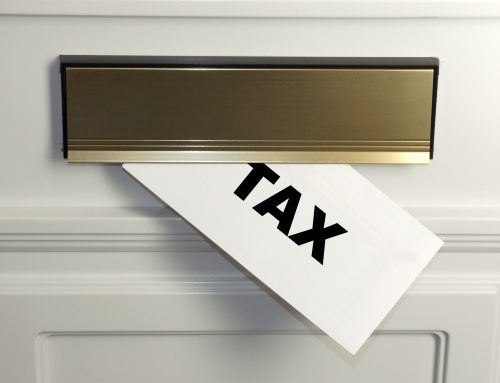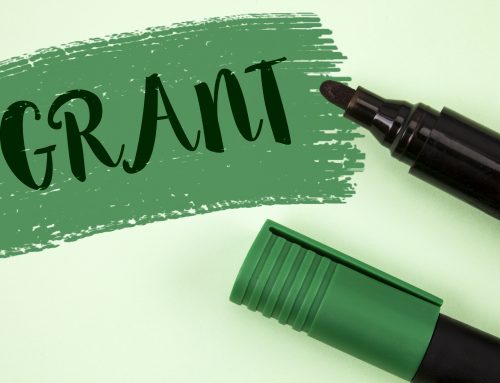Under the self-assessment system, a taxpayer is required to make payments on account – advance payments towards the eventual tax and National Insurance liability – where the previous year’s self-assessment bill was £1,000 or more, unless more than 80% of the tax liability is deducted at source, for example, under PAYE.
The self-assessment return for the 2017/18 tax year was due by 31 January 2019. It is the tax liability for 2017/18 which determines whether payments on account are due for 2018/19, and where they are, the amount of those payments.
Each payment on account is 50% of the previous year’s self-assessment tax and, for the self-employed, Class 4 National Insurance liability. Class 2 National Insurance, while payable under the self-assessment system, is not taken into account in working out the payments on account.
Where they are due, payments on account must be made by 31 January in the tax year and 31 July after the end of the tax year. Any final adjustment is made by 31 January after the tax year once the self-assessment return has been made, with any balance for the year being due by that date. Where the eventual liability is less than the payments made on account, the excess is refunded or set against the following year’s payments on account. However, HMRC may hold back the repayment where tax liabilities will fall due within the next 45 days until those liabilities have been paid.
Reduce your payments on account
If you know that your tax liability for the current year is going to be less than the previous year, you can apply to reduce your payments on account. This may be the case if you have suffered a downturn in trade or lost a major customer. If this is known at the time you file your self-assessment return, you can do this at the outset before you make the first payment on account. Alternatively, it can be done later in the year, for example once the accounting period has come to an end and the profit figure is known.
An application to reduce payments on account can be made online via the personal tax account.
Example
Holly had a self-assessment tax and Class 4 National Insurance liability of £1,800 for 2017/18. Based on this, she is liable to make payments on account of £900 for 2018/19 by 31 January 2019 and 31 July 2019.
Holly prepares accounts to 31 March each year. She prepares her accounts to 31 March 2019 in April 2019, calculating that her tax and Class 4 National Insurance liability for 2018/19 is £1,400. As a result, she applies to reduce each payment on account to £700.
As she has already paid the first payment on account of £900, she claims a refund of £200. She makes the second (reduced) payment on account of £700 by 31 July 2019.
By 31 January 2020, she must pay her Class 2 National Insurance liability for 2018/19, together with the first payment on account of £700 for 2019/20 (being 50% of her 2018/19 liability).
Beware of reducing the payments on account too much as interest will be charged on any shortfall between the payments made and 50% of the actual liability.






